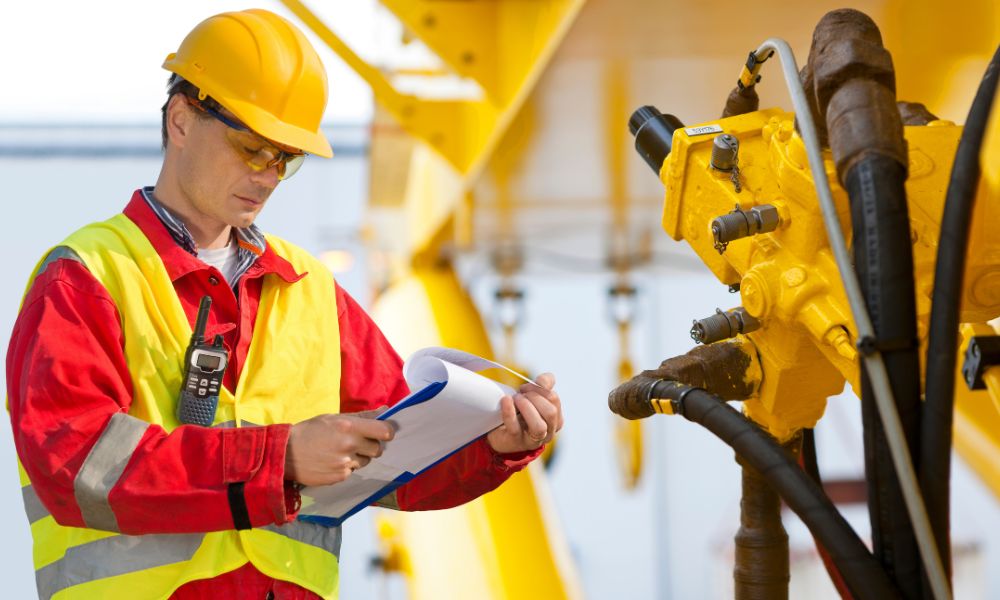How the STAMPED Method Ensures Hose Safety
Do you know what the STAMPED method is for hydraulic hoses and fittings? Learn the definition of this acronym and what it means for hose safety.
by Scot Ranney • September 26, 2023
One of the key things that every industrial hydraulic hose system owner should understand is the STAMPED method. Learn more about the STAMPED method and how it helps owners ensure hydraulic hose safety.
What Is the STAMPED Method?
First, what is the STAMPED method? STAMPED is an acronym that helps industrial hose owners and buyers identify the proper hose assemblies they need for their systems.
Industrial hydraulic hoses and fittings come in all shapes and sizes, and there are many variables to consider when identifying them. To make things easier and to minimize confusion, the industry came up with the STAMPED acronym, which means:
- Size
- Temperature
- Application
- Media/Material
- Pressure
- End
- Delivery
With this simple acronym, hose assembly buyers can identify the ideal hose and fittings for their respective system and application.
What Does the STAMPED Method Mean?
We now know what the letters in STAMPED stand for, but what do they mean? Each letter of the STAMPED method poses a question for buyers to consider, helping them ensure hose safety. Once you have all the answers to the questions provided by the STAMPED method, you’ll be able to find the right hose assembly.
Size
First, buyers should consider the size of the hose. What are the outside and inside diameters of the hose, and the overall length of the hose required for the application?
Temperature
Next, buyers must know the minimum, average, and maximum operating temperatures of the material that will pass through the hose assembly to find an option with the necessary heat-resistant material.
Application
The application section is simple for owners—what is the hose assembly used for? Where and how will it be used? Will it operate indoors, outdoors, exposed to chemicals, moisture, excessive vibration, or anything else?
These questions will help buyers pick a hose with the right coatings.
Media/Material
What fluid will be carried through the hydraulic hose? The system may require specific hose assembly materials if it’s a special fluid.
Pressure
What is the average operating pressure for the system? What is the maximum pressure? Finding a hose that meets both metrics is crucial for hose safety.
End
End stands for the hose end. Basically, what kind of end, or fitting, is required of the hose and application?
Delivery
Lastly, buyers must consider the final delivery and the testing, certification, packaging, shipping, and delivery requirements they have for their orders.
Get the Right Hose for Your System at The Hose Shop
If you’ve gone through the STAMPED method and determined which hose assembly you need, visit The Hose Shop to find all the right parts. We have everything you need for industrial hydraulic hose systems, from hoses and fittings to hydraulic hose labeling systems and more.
Browse our vast inventory to find what you’re looking for, or contact our staff if you have questions about any of our products.


